Author: John Brown
-
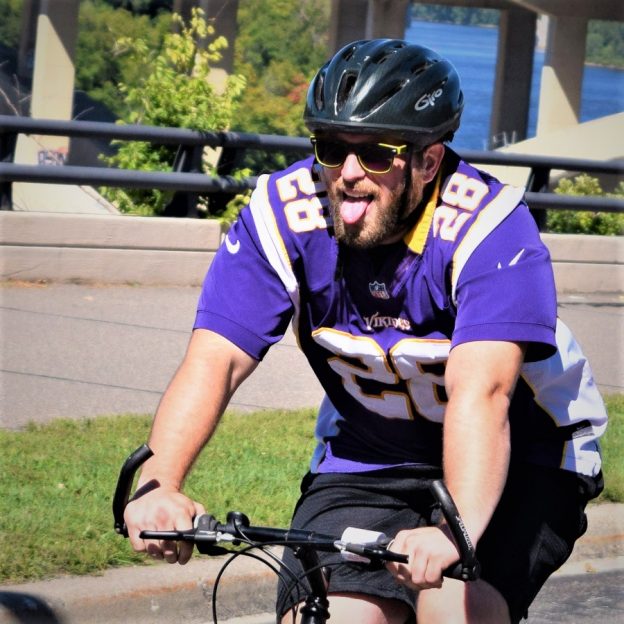
Cycling Nutrition Review: a clean, smooth approach to sports drinks
As you begin doing longer rides like the MS150, Minnesota Ironman, or any other charity ride, cycling nutrition becomes really important. The basic rule is to replace electrolytes and calories after riding for an hour. Considering most of our rides are longer than one hour, there are many nutritional products designed help. Read on to…
-

Testing mountain bikes at Interbike’s Dirt Demo: Review Patrol 672
I have to admit it, Interbike was more fun before the internet. The reason for this is that you would walk isle after isle and see all the new, awesome products. In the age of digital media, it becomes a lot harder to find something new, and even harder still to find something new and…
-
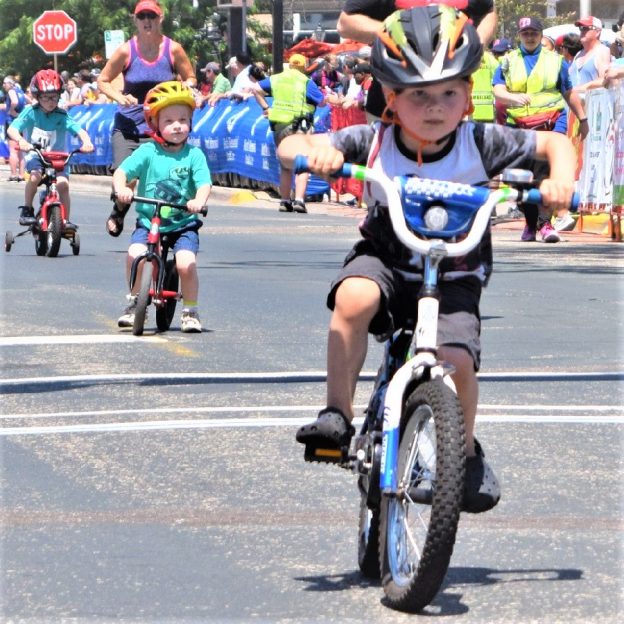
Interbike’s Cascade of Clever Concepts for Children’s Bikes
If you look between the isles of Interbike (figuratively) you can see the future. I’m excited to say, when it comes to bicycles, the Children are the future. Interbike had loads of unique and exciting bikes, accessories and programs for all the little riders out there.
-

Tern Bicycles showcase all their folding bike capabilities in the new GSD
Tern Bicycles is a relatively new company who burst onto the cycling scene with a clean and hyper functional line of folding bikes. Over the past few years, their forward thinking design team has worked to solve problems that plague cyclist with limited storage space and now offer the new GSD “Get Stuff Done” model.
-

Dirt Demo Reviews: Thoughts and Feelings on the Marin B17
I was amazed how well the Marin B17 bike handled! To start, it had a near telepathic handling character. Simply I would think about changing direction and the bike did it. Following that, I was amazed at how well its suspension operated. Even when thrown down rocky chutes or off camber, jagged turns, the B17’s…
-
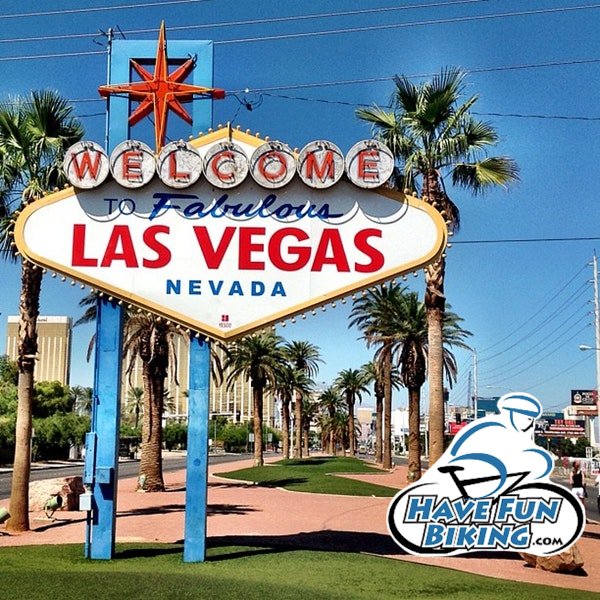
HaveFunBiking will share many new bike products from Interbike
Show season is at hand in the cycling industry and HaveFunBiking.com is on the show floor. We are excited to try the newest product and deliver to our readers the most curated list of great new products. On Monday September 18th , before dawn, we embark to Las Vegas to try countless bikes at Interbike’s Dirt…
-
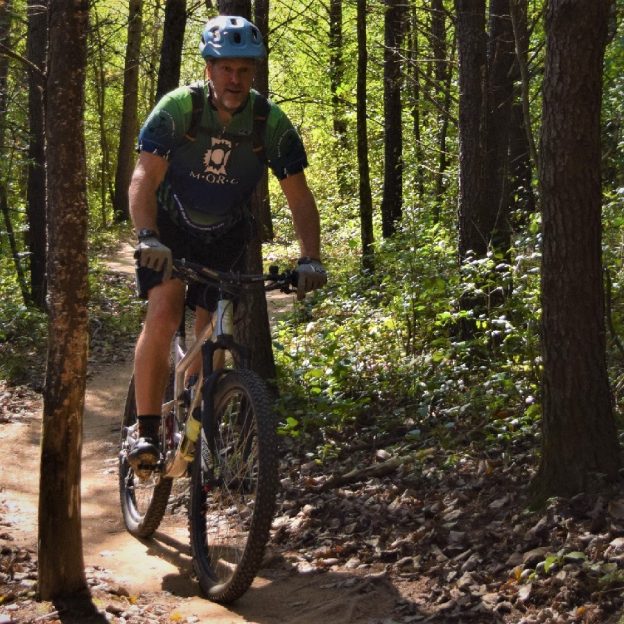
Tubeless tires on bicycles: The basics of this exciting new technology
Tubeless Tires have evolved to be lighter, more serviceable,and lighter. Read on about the advantages and how the current family of tubeless systems can benefit you.
-
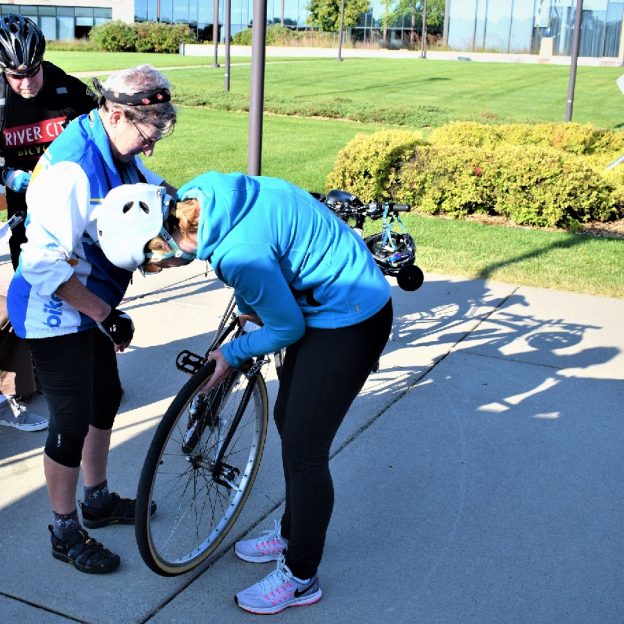
Don’t be Afraid of Removing Wheels with Disc Brakes
Disc brakes are taking over the cycling world. It is now difficult to find any bike in a bike shop without them and that’s for good reason. Disc brakes are more powerful, more consistent, and more durable than a standard brake. With any new product there are new things you need to learn and new…
-
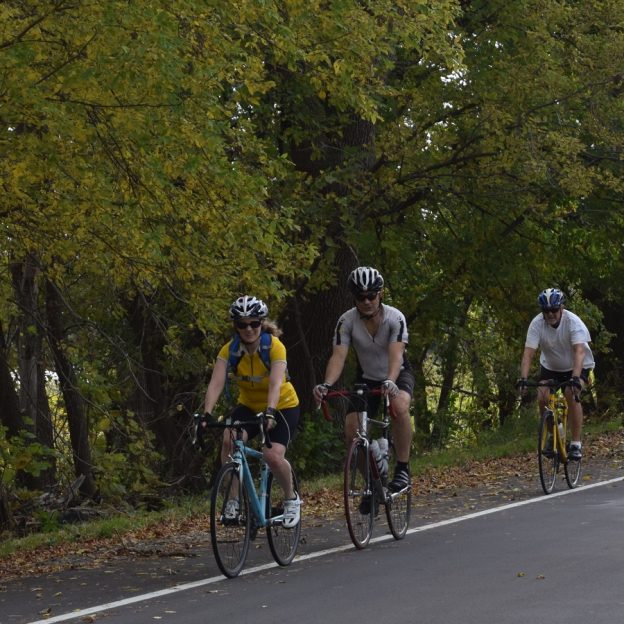
Finding fun and fitness in fall bike riding through the colorful foliage
Now that the kids have gone back to school, the days are getting shorter, and temperatures begin to drop is the best time of year to ride your bike. From a trail perspective, the dirt becomes softer as the fall rolls in because of lower temperatures and increased rainfall. Additionally, riding off road in the…
-

A simple look at your bikes disc brakes function and maintenance
Disc brakes were introduced on bikes as early as the 1950’s with Shimano making an actual hydraulic disc in the mid 1970’s. There were even versions of the timeless Schwinn Stingray series released in 1971 that came stock with a rear disc brake. You need to fast forward more than 25 years before the first…
